








Project Manager/Designer: Tamar Kisilevitz
Visit: https://www.theboweryhotel.com
The commercial / retail components are located on the cellar, first and second floors, supporting a hotel building flanked by the ten story residential tower above. Additional uses include large roof terraces for the guests and residents and generous corridors and lobbies for the hotel portion. The basic principles that informed the design for the Bowery Tower were: -The creation of a focal point for a prominent intersection along New York's famed Bowery. -Tying this relatively large building into the vibrant neighborhood that surrounds and supports it. -Providing a variety of open spaces that maximize panoramic views of New York City. -Floor layouts that maintain a level of control and direction for future growth.
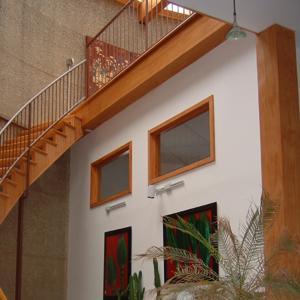
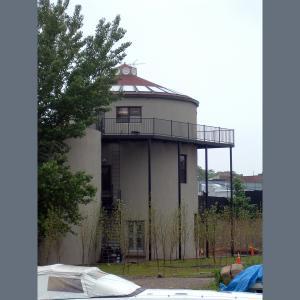
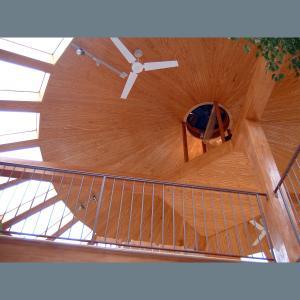
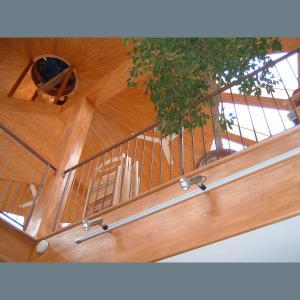
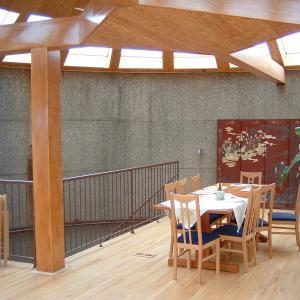

Project Manager/Designer: Tamar Kisilevitz
Visit:
The design concept started from the analysis of the lifestyles of the two occupants; one welcomes people from the outside, but needs privacy once they are inside and the other is self-contained, but seeks stimulation from external sources. Inspiration was drawn from the inherent beauty and simplicity of the 6-inch thick exposed concrete walls, and the proximity to the canal and the Carroll Street Bridge as emotive elements, tying the project into a non-conventional landscape. The ultimate use of the space dictated varied treatments to the two silos; for the smaller one, partitions are removed from the perimeter to form a central service core, with the main spaces open to each other around the space. As the tanks were previously topless, a flat roof was built over the small silo that would provide a roof terrace for the writers studio, and a cylindrical sloping roof was built for the large silo with an elaborate ventilation system and wedge-shaped operable skylights that create a continuous flood of light overhead. Wooden rafters radiating from the centre outward provide the structure for the new roof. Prior to any construction, the silos were de-contaminated; thus, the structures were retained without having to provide additional exterior or interior coatings. Throughout the revamping of the once unused oil tanks, this project presents a successful new approach toward preservation of structures that might have otherwise been lost through unnecessary demolition.